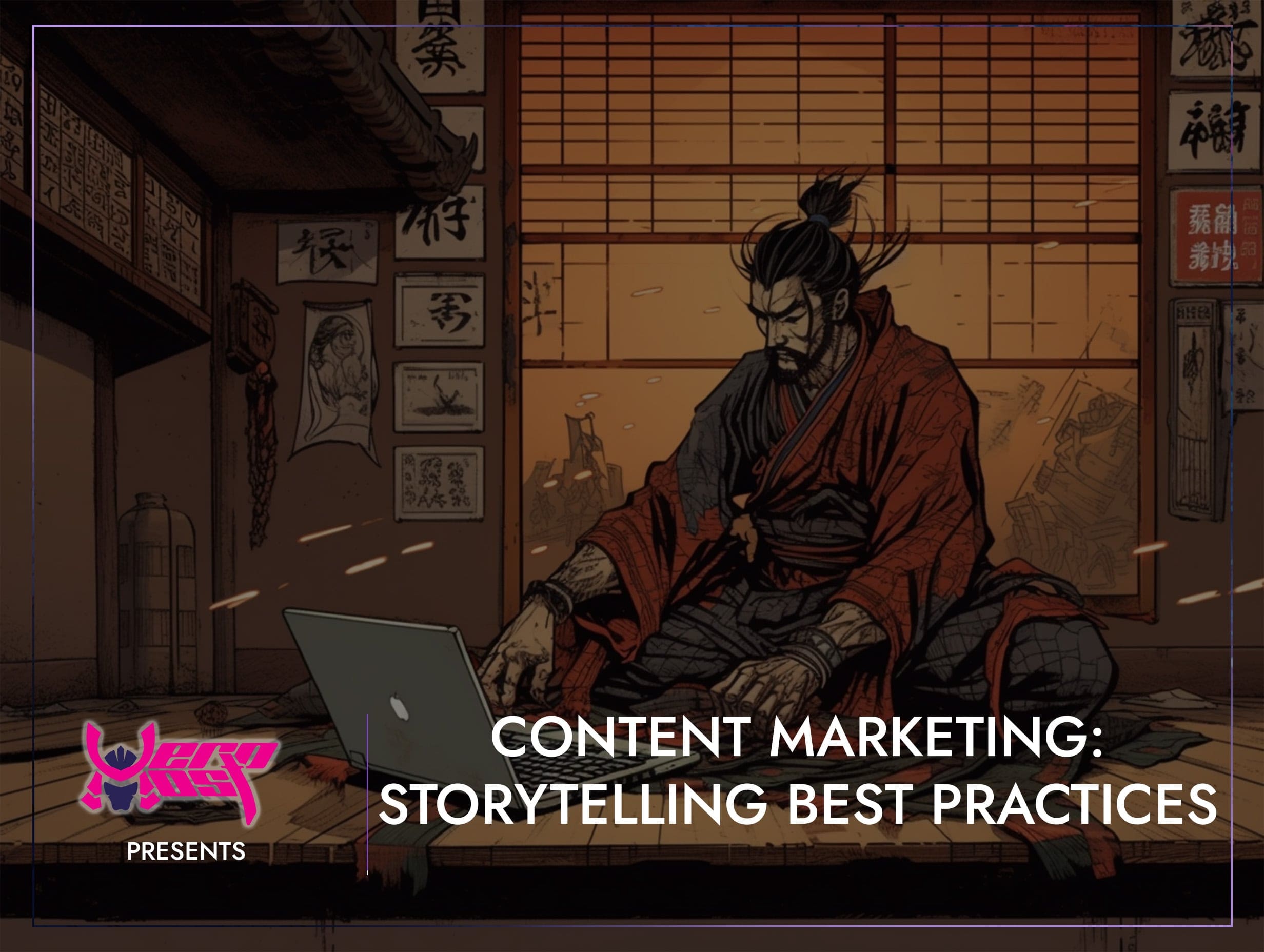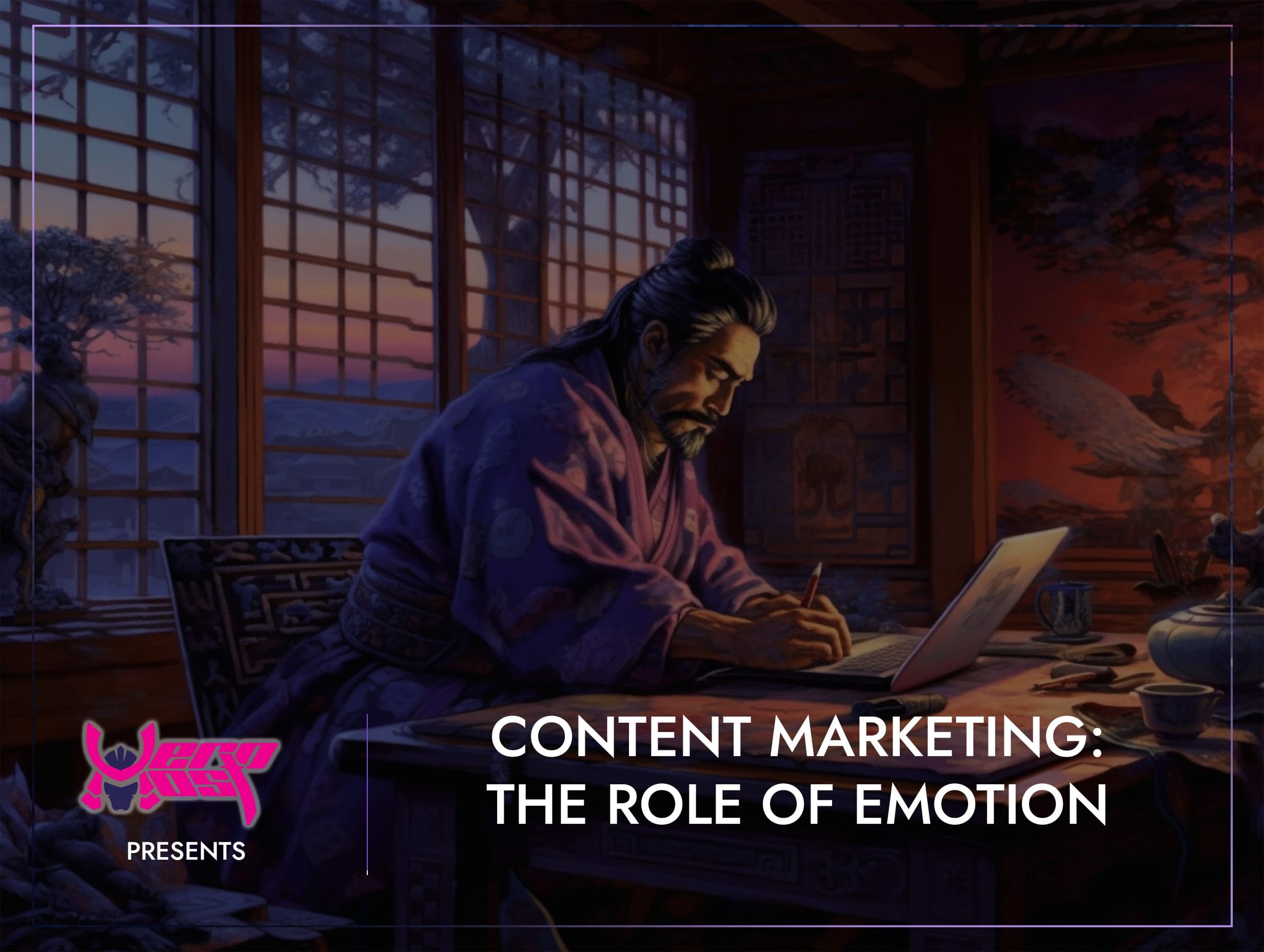Long Form Content VS Short Form Content
- Home
- Content Marketing
- Long Form Content VS Short Form Content

- Mikey Ryu
- August 17, 2023
- 0
Long Form Content VS Short Form Content
Long-Form or Short-Form
In today’s world content is constantly fighting for people’s attention in something we call an “attention war”, with there being so many different types of content people get their information from a variety of sources. So what truly is what people want? Is there a golden type of content? In this blog, we will go over the benefits of long content and short form and we will be discussing what you can do to assist your content no matter what you go with.
What this blog will cover:
- Long-form content
- Short form content
- The different media types and what they are
- summary.
Long Form Content:
Long-form content comes in two main types of media, video and written. Written long-form content covers web pages: 1000-word blogs, articles, and reports. These written formats are invaluable for delivering a substantial depth of information on a single topic. They allow authors to explore nuances, present extensive research, and provide comprehensive insights that might not be possible within shorter formats. Written long-form content not only satisfies readers’ hunger for in-depth knowledge but also establishes a strong foundation for building expertise and authority within a particular subject area.
Benefits of long-form content:
- Comprehensive Information: Long-form content allows you to thoroughly cover a topic, providing readers with a deeper understanding and detailed insights that shorter formats may not achieve.
- Enhanced Authority: In-depth content demonstrates expertise and authority on a subject, building trust with your audience and positioning you as a knowledgeable resource.
- SEO Boost: Search engines often prioritize longer, high-quality content. Long-form content offers more opportunities to naturally incorporate relevant keywords, improving your content’s visibility in search results.
- Engagement and Dwell Time: Longer content keeps readers engaged for a longer duration, increasing their time spent on your website and reducing bounce rates, which can positively impact search rankings.
- In-depth Analysis: Complex topics require thorough analysis. Long-form content enables you to delve into intricacies, presenting multiple perspectives and supporting evidence.
- Higher Shareability: When content provides substantial value, readers are more likely to share it on social media and other platforms, extending your reach and increasing brand exposure.
- Audience Education: Long-form content is an excellent educational tool. It helps readers learn new concepts, strategies, or skills in a structured and detailed manner.
- Lead Generation: High-quality long-form content can act as a lead magnet, encouraging visitors to provide their contact information in exchange for access to the valuable insights you offer.
- Conversion Rates: In-depth content builds a stronger connection with readers, making them more likely to convert to subscribers, customers, or clients due to the trust you’ve established.
- Evergreen Value: Well-researched long-form content often remains relevant over time. It becomes a valuable resource that readers refer back to repeatedly, providing ongoing value.
Some negatives of long-form content include:
- Time-Consuming: Creating long-form content requires a significant investment of time and effort. From research and writing to editing and formatting, the process can be resource-intensive, delaying the publication schedule.
- Audience Attention Span: In an era of information overload, some readers may have shorter attention spans and might not be willing to invest the time needed to consume lengthy content.
- Limited Accessibility: While long-form content can provide in-depth insights, it might exclude individuals who prefer or need concise information due to time constraints or other reasons.
- Diminished Mobile Experience: Reading long-form content on mobile devices can be challenging, leading to user frustration if the content is not mobile-responsive or if text is difficult to read.
- Higher Bar for Quality: Longer content requires a higher level of quality to maintain engagement. If the content is not well-structured, organized, or written, readers might lose interest quickly.
Top Five best practices:
- Thorough Research and Planning: Before diving into writing, conduct thorough research to gather accurate and up-to-date information on your chosen topic. Create an outline to structure your content logically, ensuring that you cover all key points and provide a clear flow of information.
- Engaging Introduction: Capture your audience’s attention with a compelling introduction. Clearly state the purpose of the content and highlight the value readers will gain from investing their time in reading the entire piece.
- Use of Subheadings and Formatting: Break down your content into manageable sections using descriptive subheadings. This not only enhances readability but also helps readers quickly find the information they’re looking for. Utilize bullet points, lists, and visuals to further improve the overall formatting.
- In-Depth Analysis and Insights: Long-form content allows you to delve deep into a topic, so take advantage of this by providing in-depth analysis, examples, case studies, and expert insights. Go beyond surface-level information and offer your readers a comprehensive understanding of the subject.
- Engaging Visuals and Media: Incorporate relevant visuals, such as images, infographics, charts, and videos, to enhance the visual appeal of your content and reinforce key points. Visual elements break up lengthy text and provide a more dynamic reading experience.
The realm of Short-form content
Short-form content exists in two primary mediums: concise written pieces and brief video clips. Written short-form content encompasses social media posts, microblogs, and succinct articles. These formats offer immediate, bite-sized information that caters to the fast-paced nature of modern consumption. While not as extensive as long-form content, short-form pieces can effectively convey key points and capture attention within seconds. They are particularly valuable for delivering quick updates, sharing highlights, and sparking curiosity. This style of content serves as a dynamic tool for engaging diverse audiences and maintaining an active online presence.
Some benefits of short-form content includes:
- Quick Consumption: Short-form content is easily digestible, catering to individuals with limited time or those seeking immediate information without a substantial time commitment.
- Attention Capture: In a fast-paced digital landscape, short-form content quickly captures and retains audience attention, making it ideal for social media feeds and busy online environments.
- Versatile Sharing: Short-form content is highly shareable across various platforms, increasing its potential to reach a broader audience through likes, shares, and retweets.
- Mobile Optimization: Short-form content is ideal for mobile users, as it’s easy to scroll through on small screens, providing instant gratification for users on the go.
- Encourages Scanning: Short-form content encourages readers to scan for key points, ensuring that important information is immediately accessible and engaging.
- Diverse Platforms: Short-form content fits well on platforms like Twitter, Instagram, and TikTok, where character or time limitations encourage concise communication.
- Interactive Engagement: Short-form content encourages engagement through likes, comments, and shares, fostering a sense of community and interaction around the topic.
- Consistent Presence: Regular short-form updates maintain a consistent online presence, keeping your audience engaged and informed without overwhelming them.
- Effective Branding: Short-form content can convey your brand’s personality, messaging, and values succinctly, establishing a memorable brand image over time.
- Call-to-Action Emphasis: With limited space, short-form content focuses on clear and concise calls to action, encouraging users to take desired actions promptly.
Some negative of short-form content:
- Lack of Depth: Due to its brevity, short-form content often lacks the depth and comprehensive coverage that longer formats can provide. Complex topics might not be adequately explored, leading to oversimplification.
- Limited Context: Short-form content may not offer enough context to fully understand the subject, leading to misunderstandings or misinterpretations among readers who are not familiar with the topic.
- Challenge in Conveying Complex Ideas: Condensing intricate concepts into a short format can be challenging, potentially resulting in oversimplification or a loss of nuance in the content.
- Short Attention Span: In an age of information overload, short-form content risks losing the attention of audiences with shorter attention spans who might scroll past without engaging.
- Reduced SEO Opportunities: Short-form content might not provide as many opportunities to naturally incorporate relevant keywords and phrases, potentially impacting its discoverability through search engines.
The top five best practices:
- Clear and Concise Messaging: Get straight to the point and convey your main message succinctly. Use clear and concise language to ensure that your audience grasps the key takeaway quickly.
- Engaging Hooks: Capture your audience’s attention right from the start with an attention-grabbing hook. Whether it’s a thought-provoking question, a surprising fact, or a relatable anecdote, make sure it encourages readers to continue reading.
- Focused and Relevant Information: Choose a single main point or topic to focus on in your short-form content. Avoid overloading your content with multiple ideas. Keep the content relevant and aligned with your audience’s interests.
- Use of Visuals and Emojis: Visual elements, such as images, gifs, emojis, and short videos, can amplify the impact of short-form content. They add context, emotion, and engagement, making your content more appealing and shareable.
- Strong Call-to-Action (CTA): Clearly define what action you want your audience to take after consuming your content. Whether it’s liking, sharing, clicking a link, or signing up, a strong and concise CTA encourages engagement.
A list of different media types:
Long form:
- Written Articles: Traditional written articles or blog posts published on websites or blogs.
- Ebooks: Comprehensive digital books or guides that explore a specific topic in-depth.
- Whitepapers: Detailed reports that present research findings, analysis, and insights on a particular subject.
- Case Studies: In-depth examinations of specific real-world situations, showcasing problem-solving and outcomes.
- Research Papers: Academic-style papers that delve deep into research findings, methodologies, and discussions on a particular subject.
- Reports: Comprehensive documents that provide detailed information, analysis, and recommendations on a specific topic.
- Long-Form Social Media Posts: Platforms like LinkedIn allow for longer content posts that provide in-depth insights and discussions.
- Podcasts: Long-form audio content that can be scripted, researched, and carefully produced to provide extensive information on a topic.
- Webinars: Live or recorded online seminars that explore topics in detail and often include interactive elements.
- Video Essays: Video content that combines visuals, narration, and in-depth analysis to explore a specific subject.
- Documentaries: Longer video productions that extensively cover a particular topic, often including interviews, research, and storytelling elements.
- Online Courses: Structured educational content delivered through videos, readings, quizzes, and assignments.
- Online Magazines: Digital publications that offer long-form articles, interviews, features, and multimedia content.
- Interviews and Panels: Longer video or audio content featuring discussions, debates, or interviews on a specific subject.
Short-Form:
- Social Media Posts: Short and concise updates or insights shared on platforms like Twitter, Facebook, and Instagram.
- Microblogs: Platforms like Tumblr and Medium allow for shorter blog-style posts that provide quick information.
- Infographics: Visual representations of data, facts, or concepts that convey information quickly and visually.
- Short Videos: Brief video clips shared on platforms like TikTok, Instagram Stories, and Snapchat that convey a message or idea succinctly.
- Memes: Humorous images or videos with a concise caption that convey a message or sentiment in a lighthearted way.
- Quizzes and Polls: Interactive content that engages users with questions, options, and immediate results.
- Quote Graphics: Visual representations of quotes or statements that can be easily shared on social media.
- Listicles: Concise, numbered lists that provide quick tips, insights, or information on a specific topic.
- Email Subject Lines: Engaging subject lines that entice readers to open and engage with emails.
- Text Messages: Short and direct text messages or notifications that convey updates or alerts.
- Short Podcast Episodes: Brief audio content that addresses a single point or insight on a topic.
- Status Updates: Quick updates shared on platforms like WhatsApp or Facebook to inform friends or contacts.
- Snapchat Stories: A series of short video or image updates that collectively tell a brief story.
- Social Media Captions: Concise captions accompanying images or videos shared on social media platforms.
Summary:
In short, Long-form is great for SEO and getting a lot of detail into a single piece of copy but there not great for the attention span. Short-form content is great for Call-to-actions and can be focused on a sub-topic rather then a broad topic but aren’t great for SEO. So what one do you use? While both have there own unique audiences consider using both of them to extend the reach of your content, for example for one piece of long-form content you may be able to get 3 short form pieces out of that one single post.
If your looking for content writing then seek our blog writing service where we construct inbound content for your website.
Search
Categorys
- Branding (12)
- Business Growth Guides (3)
- Business Insights (3)
- Content Marketing (43)
- Domain Authority (19)
- Email Marketing (28)
- Google Analytics & Search Console (5)
- Hack or Not (2)
- Hero Host News (0)
- Inbound Marketing (32)
- Lessons From Asia (40)
- Marketing Guides (11)
- Martial Arts Journey (14)
- Outbound Marketing (8)
- Search Engine Optimisation (SEO) (41)
- Social Media Marketing (38)
- Web Design (20)
- Website Hosting (4)
- Wordpress (2)






